The 2-8-0 Consolidation was the most common freight locomotive operating on the Pennsylvania RR during the early 20th century. By 1924, the company owned 11 classes of 2-8-0s that included 3,335 locomotives.
The 273 class H10s Consolidations came from four locomotive builders, the Baldwin, Brooks, Lima, and Pittsburgh locomotive companies, between 1913 and 1916. The H10s class engines were the largest of the PRR’s 2-8-0s, and many remained in service into the 1950s. A second group of 200 H10s conversions soon followed as the PRR’s Juniata Shop upgraded a group of older, but similar size, class H8 locomotives with larger
cylinders and superheaters to match the H10s.
All of the H10s locomotives measured just under 70 feet long with tender, and all of them included the Pennsy’s signature Belpaire firebox. As PRR’s dieselization took hold, many Consolidations were sold off to the PRR’s neighbors and subsidiaries for continued service.
The die-cast boiler includes a backhead that conceals a can motor within the firebox. The ABS plastic cab slips over the backhead to shelter the cab interior and the engine crew. A slide switch under the cab turns a smoke unit on or off.
Our sample came neatly painted in the PRR’s freight colors of “almost black” Dark Green Locomotive Enamel (DGLE), with a graphite smokebox and firebox. The cab roof and tender deck are red. The Dulux Gold Pennsylvania tender lettering and engine cab number are neatly applied in the proper font.
Mechanism. The H10s has a die-cast metal locomotive chassis that provides additional weight for traction. The heart of the mechanism is a can motor with a brass flywheel that delivers smooth operation. Traction tires on the two rear drivers give the H10s a drawbar pull equivalent to 45 free-rolling HO scale freight cars on straight and level track.
All of the drivers and wheelsets match the National Model Railroad Association standards. The model’s steady electrical pickup kept the lights and sound constant through crossings, uneven track, and no. 5 and 6 turnouts.
The chemically blackened metal Walschaerts valve gear moves smoothly. The sound and smoke effects are
mechanically synchronized and vary with the load.
The tender has an ABS plastic body shell mounted on a die-cast metal frame. Its floor casting includes a circular grill that protects a downward-facing speaker mounted inside a sound box. The Paragon2 dual-mode sound decoder rides on top of the speaker enclosure. An 8-pin plug connects the decoder to the locomotive beneath the cab footplate. A folding cab apron spans the scale 2-foot gap between the engine and tender.
Two tenders are available. Our sample came with the class 80F81 Lines West high-side tender. A shorter class 90F82 Lines East tender is also available.
Highlights of the user-triggered sound effects include a realistic PRR “banshee” whistle, bell, couplers engaging, and coupler slack being let out when the train starts moving. The number of times the latter effect plays and the interval between each is adjustable with CVs 178 and 179, which is helpful for simulating a longer train starting out.
When the locomotive is under way, the intensity of the exhaust varies automatically with the load. It can also be adjusted “on the fly” using function keys 5 and 6 on a DCC throttle to simulate the heavy chuff of a locomotive starting or heading upgrade as well as the hissing “drift” chuffs of a locomotive running light or coasting down a grade. In either case, the exhaust is perfectly timed, along with the puffing smoke, to four chuffs per wheel revolution throughout the locomotive’s speed range.
Function 0 triggers the lights. The headlight and backup light turn on automatically according the locomotive’s
direction, which isn’t prototypical. When stopped the lights automatically dim, and the cab interior light illuminates. The dimmer and cab light can be programmed for manual operation via function keys.
The model includes marker lights on the tender and locomotive pilot beam. The latter shouldn’t be confused with classification lights. The markers have red lenses facing out and yellow lenses facing to the sides. On the prototype, the markers could show either aspect but were usually adjusted to show yellow to the sides and in the direction of travel and red to the end opposite the direction of travel. The model includes extra user-installed lenses in each color, so the aspects can be changed. The lights would normally be illuminated at night only when the locomotive traveled light or pushed on the rear of a train. However, the markers on the model are always
illuminated without any on/off control.
The H10s includes the unique Paragon2 macro recording feature. I recorded the H10s starting out and heading down the main line with appropriate whistle signals. When I finished recording, I pressed function 27 and the locomotive ran on auto pilot while I operated another train.
DC operation. The BLI H10s will run with only a DC power pack. Both the directional headlights and synchronized smoke operate in DC. However, the sound effects are limited to the steam exhaust, squealing brakes, and random effects like the air pump.
To get the most from the model on a DC layout, I recommend using a BLI DCMaster Analog Control Module or an MRC Tech 6 DC sound controller. Either of these devices will allow access to sound effects and other functions, as well as some programming capability.
On our DC test track the model didn’t start moving until I advanced the power pack to 9 volts. I improved the
locomotive’s DC performance by programming CV252 (analog starting voltage) to a value of 70 and CV131 (analog sound start voltage) to a value of 1. The model then started moving smoothly at 7 volts.
Pennsy fans have been waiting for an HO scale H10s. They now have one that sounds as good as it looks.
Manufacturer
Broadway Limited Imports LLC
9 East Tower Circle
Ormond Beach, FL 37174
www.broadway-limited.com
Road numbers/versions
- Pennsylvania RR with Lines West high-side tender: nos. 8022, 8304, 8421, 9915
- PRR with Lines East tender: nos. 8014, 8259, 9422
- Long Island H10s with high-side tender: nos. 108 and 110
- Lines West and Lines East versions available painted DGLE but unlettered/unnumbered
Era (as detailed): 1920s to late 1950s
Features
- Dual-mode Paragon 2 decoder and sound system
- Electrical pickup on six drivers and all tender wheels
- Golden white LED headlight and backup light
- Illuminated marker lights and cab interior light
- Metal Kadee-compatible couplers, at correct height
- Minimum radius: 18″
- Operates on code 70 rail
- RP-25 contour metal wheels, in gauge
- Synchronized smoke unit
- Traction tires on rear drivers
- Weight: 14 ounces (engine alone: 10 ounces)





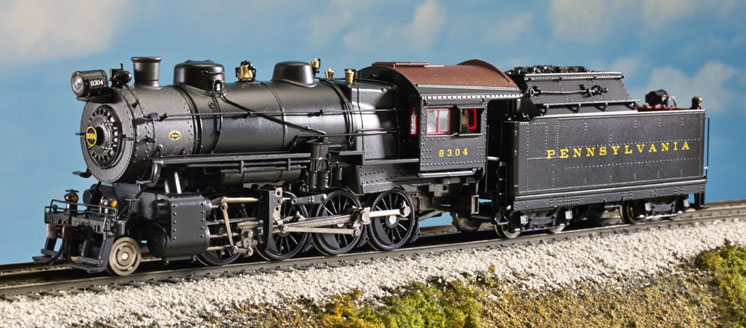
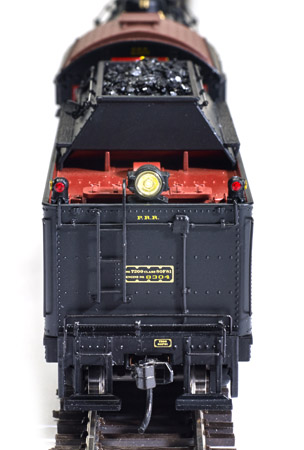
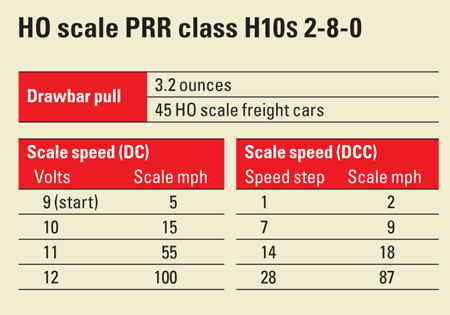

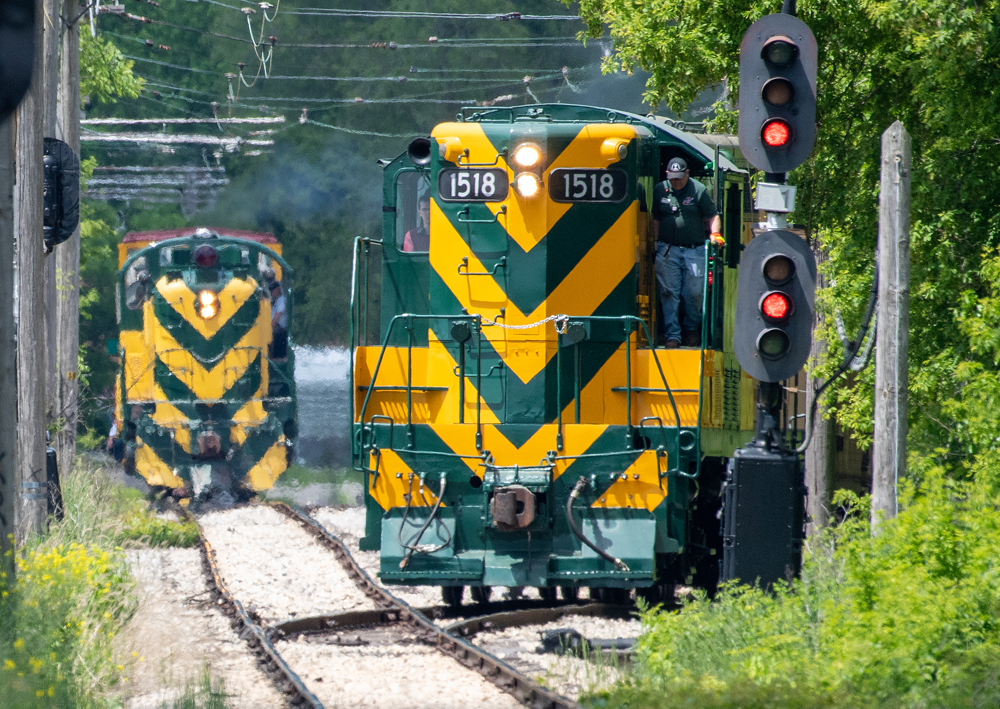
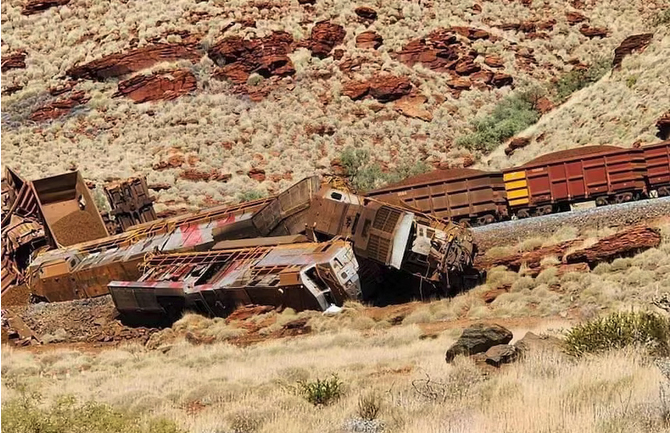
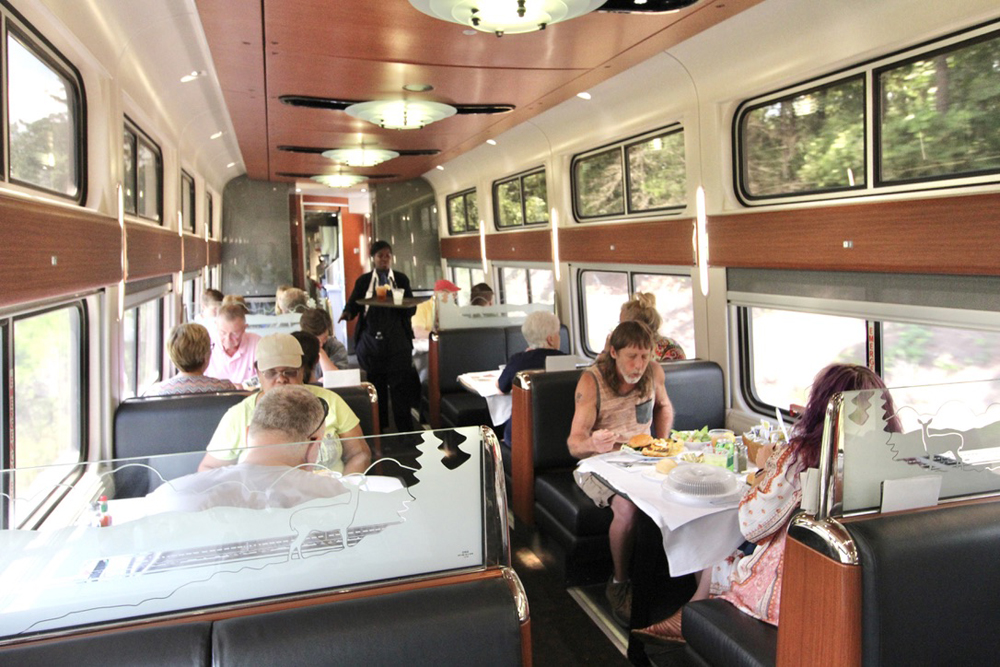
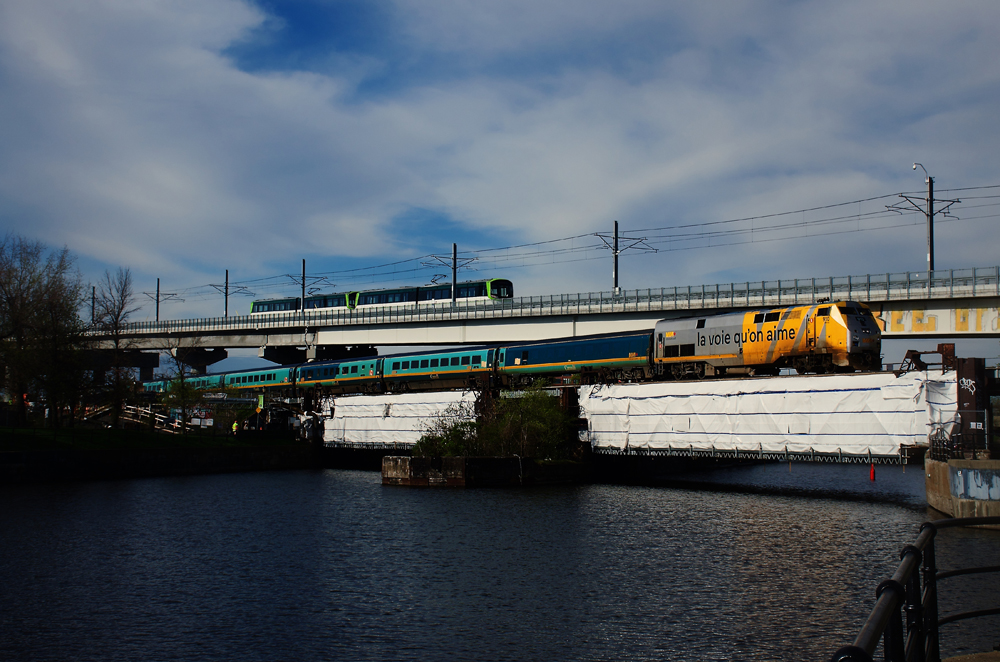




The BLI H-10s is a beautiful model and it runs well. The sound system is adequate, but BLI continues to insist on including a so-called "power stroke" in its programming where every 4th chuff is louder than the others. This is indicative of a locomotive with out-of-spec valves, not of a well-maintained machine. The power stroke makes the model sound as if it has a mechanical bind, though in fact it does not. This aspect of the Paragon 2 sound system is common to all of BLI's recent steam locos and it is unrealistic and, to me, annoying.
The only other criticism I have is about the drawbar between the locomotive and tender. It's well-engineered to allow the model to negotiate tight curves but it creates an unrealistic and unmodifiable distance between the two components. This is a small locomotive, and even if the tender and loco were a scale distance apart, it could still negotiate tight curves. In my opinion, the drawbar is an unnecessary solution to a non-existent problem. If BLI feels the need to include such a device, I suggest that they provide an option so that distance between the tender and loco can be made more realistic. After all, this is a $300+ model, not a toy.
Another great news from BLI! The PRR L-1 Mikado is caming this year! Now BLI offers all major classes of PRR models! Let's celebrate! MR alredy made a great celebration with PRR Midle division! Great video grar article and a fantastic video!
Dear Jan,
If an engine runs in a smaler rai code (70), it will run on larger ones (80 or 100).
There is diferenes betwin American (NMRA) and European standards (NEM). The key diference is in the wheel profile.
I run both American and European models at my home layout, the code 100 track accepts both standards. The major problem are the turnouts. Usualy european ones doesnt like american models and vice versa! The best according my experience are the PECO (electrofrog or insufrog). These are great for prototipes form both sides of the atlantic!
LAS
I had a problem with the marker lights not functioning on the tender and had to return the unit. Has anyone else experienced this?
B-E-A-U-T-I-F-U-L!!!!! A 2-8-0 used to bring scrap the local steel mill. I lived by the railroad tracks and this model brings back a lot of fine memories. jmg
Jan Faro from the Netherlands
In the riview they say that the loc operates on code 70 rail.
But wil it also operate on code 83 and 100 rail?
Jan, it will run on code 83 or 100 as these rail height are tall than code 70.
Looks like a great engine and one sorely needed by SPF's for many years. Amazing detail and working class/marker lights! SO………….with such a desirable engine………..where's the VIDEO REVIEW? I'd really like to hear that banshee whistle. I haven't heard one done well yet in a model so let's cross our fingers they got it right on this one.
the new BLI PRR H10 is another great engine and a must have to any PRR fan. BLI has done another great job! This consolidation is very nice looking, sounds great, pufs in profusion and thas a terrific pulling power!
Now let's wait for the next BLI PRR success! The brass hybrid S2 6-8-6 steam turbine! … and maybe for the future, the L1 mikado!
I preordered a year & a half ago it was worth the wait !!!!